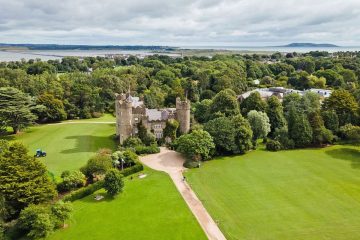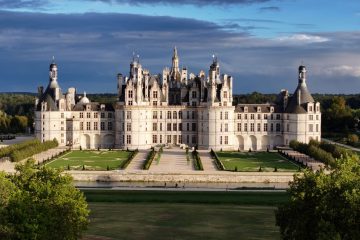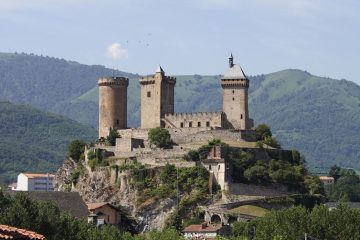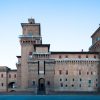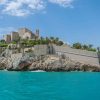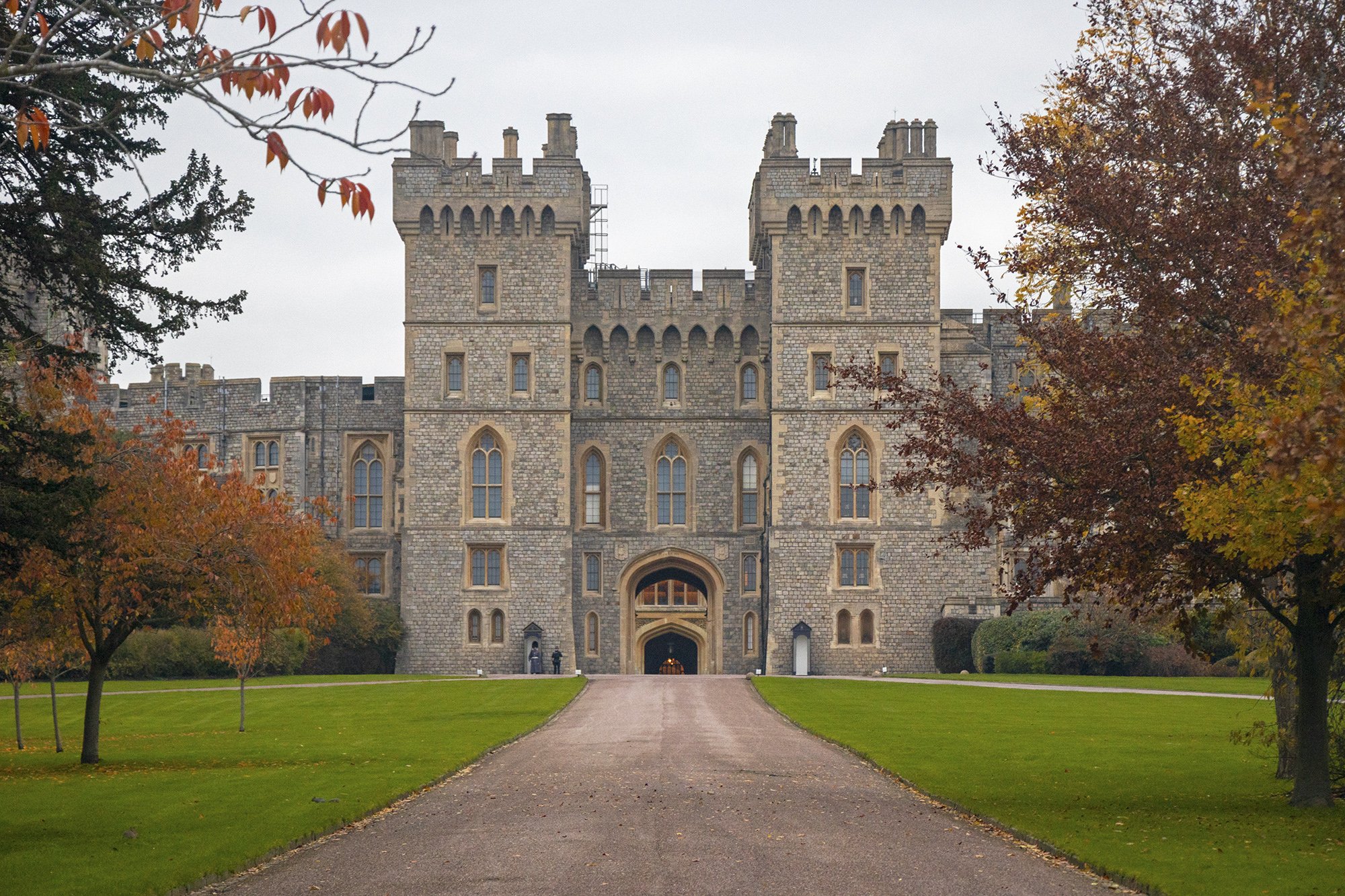
Castles around Europe: Exploring their rich history
Europe is a continent steeped in history, and its landscape is dotted with countless castles, each with its own unique story and architectural splendor. When one thinks of castles around Europe, images of grand fortresses, majestic palaces, and ancient ruins come to mind. These structures have stood the test of time, offering glimpses into the past and serving as significant cultural landmarks. Moreover, we invite you to join us on a journey through some of the most remarkable castles around Europe, where history, architecture, and legend intertwine.
The cultural heritage of Europe’s castles
The castles around Europe were not merely defensive structures. They were also centers of administration, symbols of power, and homes to royalty and nobility. These castles were built during various periods, from the early medieval times to the Renaissance. They reflect the evolution of military architecture and the socio-political changes over the centuries. Monarchs, feudal lords, and knights often initiated the construction of these fortresses. They sought to protect their territories and assert their dominance.
Many castles around Europe played pivotal roles in historical events, such as wars, sieges, and political intrigues. For instance, the Tower of London has witnessed numerous significant events in British history, including royal imprisonments and executions. Similarly, Neuschwanstein Castle in Germany, known for its fairy-tale appearance, stands as a testament to the romanticism of the 19th century and the vision of King Ludwig II.
Architectural marvels of castles around Europe
The architectural styles of castles around Europe vary greatly, reflecting the period in which builders constructed them and the cultural context of their regions. You can observe Romanesque, Gothic, Renaissance, and Baroque styles in the intricate designs and structures of these castles.
Romanesque castles, such as Château de Pierrefonds in France, are characterized by their massive walls, rounded arches, and sturdy towers. These features were designed to withstand sieges and provide robust defense mechanisms. Gothic castles, like the famous Hohenwerfen Castle in Austria, exhibit pointed arches, ribbed vaults, and flying buttresses, reflecting the architectural advancements of the medieval period.
Renaissance and Baroque castles, on the other hand, emphasize aesthetics and grandeur. The Château de Chambord in France has an ornate façade and an elaborate roofline. It showcases the elegance and artistic expression of the Renaissance era. Baroque castles, such as Schönbrunn Palace in Austria, highlight opulence with their intricate decorations and expansive gardens.
Notable castles around Europe
Numerous castles around Europe deserve special mention due to their historical significance, architectural beauty, and cultural impact. Below are a few notable examples:
Windsor Castle (England): As the oldest and largest inhabited castle in the world, Windsor Castle has been a royal residence for over 900 years. It serves as an excellent example of Norman military architecture. It continues to be a significant site for the British monarchy.
Alhambra (Spain): This stunning palace and fortress complex in Granada is renowned for its Moorish architecture. The intricate tilework, ornate ceilings, and lush gardens of the Alhambra reflect the artistic and cultural achievements of the Nasrid dynasty.
Edinburgh Castle (Scotland): Perched atop Castle Rock, Edinburgh Castle offers breathtaking views of the city. Its long history includes royal residences, military strongholds, and legendary tales, making it one of Scotland’s most iconic landmarks.
Prague Castle (Czech Republic): Recognized as the largest ancient castle in the world, Prague Castle boasts a blend of architectural styles, including Gothic, Romanesque, and Baroque. It has been the seat of Czech kings, emperors, and presidents throughout its history.
Bran Castle (Romania): Often associated with the Dracula legend, Bran Castle is a medieval fortress that attracts visitors with its dramatic setting and intriguing history. It offers insights into Romanian medieval architecture and the myths surrounding Vlad the Impaler.
The influence of European castles on culture
The castles around Europe have had a profound impact on the cultural identity and heritage of their respective regions. They have inspired countless legends, literary works, and artistic creations. Many castles are now popular tourist destinations. They attract millions of visitors each year who seek to immerse themselves in the rich history and architectural beauty of these structures.
Organizations and individuals have undertaken preservation efforts to maintain and restore these castles. Consequently, this ensures that future generations can continue to appreciate their historical and cultural significance. Additionally, museums and guided tours offer educational opportunities for visitors. Therefore, they can learn about the historical contexts, architectural styles, and notable events associated with each castle.
Conclusion
In conclusion, the castles around Europe are not only architectural marvels but also invaluable historical and cultural treasures. They offer a window into the past. This allows us to understand the complexities of European history and the evolution of architectural styles. As you explore these magnificent structures, you transport yourself back in time and experience the grandeur and intrigue that have defined Europe’s castles for centuries.
We encourage you to delve deeper into the fascinating world of castles around Europe, whether through travel, research, or virtual tours. Each castle tells its own story, waiting for people to discover and appreciate it.

